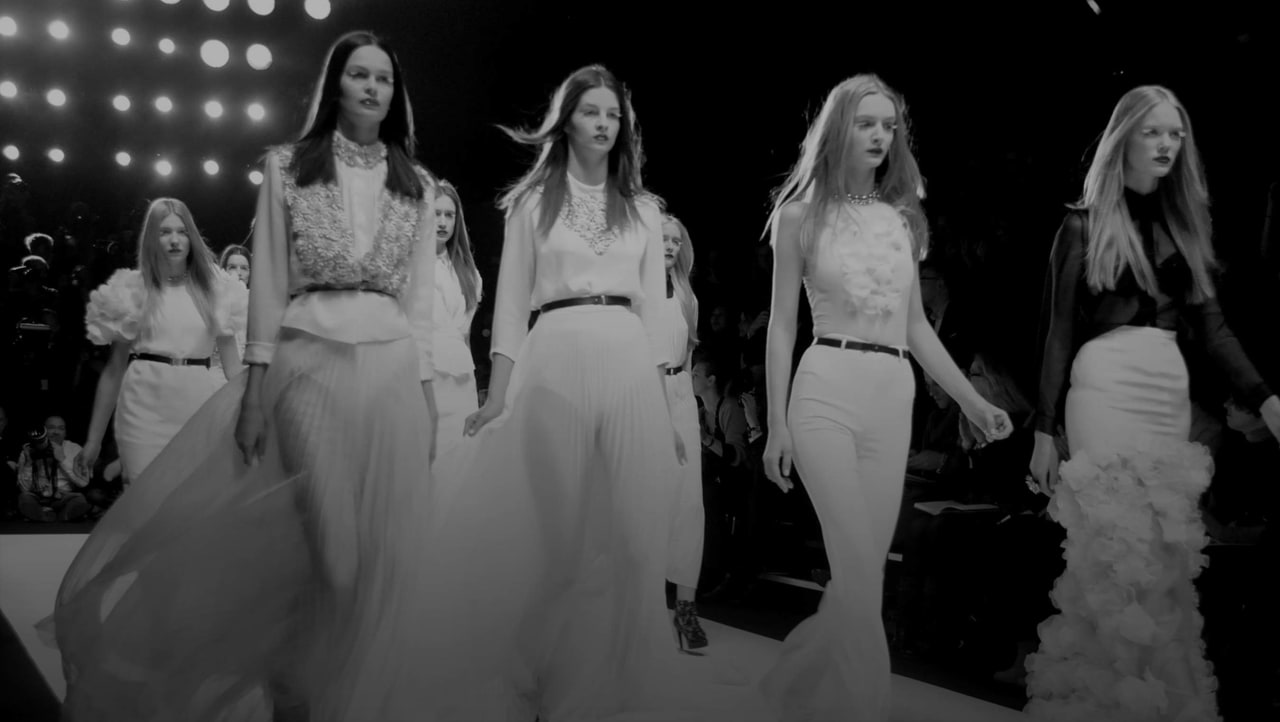- Publish date:
What Really Happens to Your Clothing Donations?
A year ago, caught up in Marie Kondo-induced tidying fever, I gave my closet a thorough purge — eliminating some 70 percent of my clothes and accessories, and donating the majority to a nearby charity, Housing Works, which operates several secondhand clothing and book stores throughout New York City and uses the proceeds to provide health and housing services to those affected by HIV and AIDS. As I piled my trash bags of clothes in the back of its Crosby Street shop, I looked at the wealth of donations already occupying most of the floor space. Surely there couldn't be enough room for all these clothes in the handful of racks around me?
The fact is — there wasn't. Until I started doing research for this story, I thought that all of my secondhand J.Crew trousers and lightly used Topshop coats ended up in the hands of someone in my city who really needed, or at least wanted, them. It's what Elizabeth Cline, author of 2013's "Overdressed: The Shockingly High Cost of Cheap Fashion," calls the "clothing deficit myth." But with Americans buying and discarding clothing at record rates — we buy about five times more clothing than we did in 1980, and threw away 40 percent more textiles in 2009 than we did a decade earlier — donation centers have far more stuff than they could ever realistically resell.
Only a small portion — about 20 percent — of Americans' used clothing, including those sent to consignment shops, are being sold at secondhand retail outlets and thrift stores in the U.S. Far more are being shipped to developing areas like sub-Saharan Africa, South America and China — in fact, the U.S. sends away a full billion pounds of used clothing per year, making it our eighth largest export — where clothes are bought in 1,000-pound bales, sorted and then resold to the local populace, sometimes wreaking havoc on local industries by taking jobs away from local textile workers. Another 45 percent is recycled through one of the U.S.'s 3,000-odd textile recycling facilities. And the rest? That ends up in landfills. Eleven percent of donations made to Goodwill in 2014, for example, were deemed unsaleable and carted to landfills — about 22 million pounds in all — costing the organization millions of dollars in transport fees and other expenses.
At Housing Works specifically, about 40 percent of donations actually go on sale at one of their 13 New York thrift shops, according to public relations manager Katherine Oakes — double the national average. Those that don't sell between two to four weeks are passed along to Housing Works's Buy the Bag shop in Brooklyn, where customers can fill a bag with apparel and accessories for $25. All leftover items are then sold to what Oakes describes as "commercial vendors" — more frequently referred to as clothing salvagers, which buy bales of clothing for "pennies on the pound," says Dale Emanuel, a spokesperson for Goodwill's Williamette division, which also sells excess donations to salvagers.
A typical salvager will sort through the clothes, cherry-picking the very best to be sold to owners of vintage and secondhand shops, and sending just about everything else that's wearable for resale abroad (again, that's a bad thing). What can't be worn is recycled into rags and household insulation. Excess buttons and zippers and the fabric that isn't good enough to recycle? That goes to landfills.
Despite this obvious surplus in secondhand clothing, more donation and recycling programs seem to be popping up in the U.S. every year — frequently led by retailers. H&M, American Eagle Outfitters, Madewell, Reformation, Cuyana and M. Gemi have all launched clothing drives over the past three years, generally accompanied by an incentive to replace those discarded duds with something new from one of their stores. But donors beware: not all of these programs are created equal.
Recommended Articles
Retailers including Madewell have partnered in recent years with Blue Jeans Go Green, encouraging shoppers to drop off their unwanted jeans with the promise that they'll be turned into housing insulation for those in need — plus a $20 coupon off a new Madewell pair. But Blue Jeans Go Green, a subsidiary of Cotton Incorporated, is not a charitable organization, though its website and marketing materials make it appear as such. Rather, it's a for-profit entity* (Please see bottom for correction) that turns denim into insulation (itself made up of 80 percent recycled material), a portion of which — 180,000 square feet in 2014— is donated to partner charities like Habitat for Humanity.
Similarly, cool-girl retailer Reformation reinforces its eco-friendly image by sending a complimentary postage sticker with each order so that customers can ship back unwanted clothing in their closet. The company promises to forward those donations to Pennsylvania-based Community Recycling — which isn't a charity but a for-profit recycler. The org doesn't hide the fact that it ships most of its donations abroad; in fact, it boasts that it sends used clothes to more than 50 countries.
American Eagle Outfitters, meanwhile, has asked shoppers to "help save the planet" by donating their used clothing at their more than 800 stores in the U.S. and Canada, in exchange for a $5 coupon off a pair of AEO jeans. But — you guessed it — those donations head to for-profit recycler I:CO which, like any good salvager, resells a lot of the secondhand clothing it receives abroad. The good news is that the proceeds AEO earns from the program are donated to the Student Conservation Association.
Still, it's enough to think that these brands are more interested in aligning themselves with sustainable efforts — and moving yet more new product — than making a real effort to change the system, isn't it?
None of this should discourage you from donating your clothes — quite the contrary. The vast majority — 85 percent, or 12 million tons — of unused textiles are carted off directly to U.S. landfills each year, according to the Environmental Protection Agency. That's more than 7 percent of our national landfill waste. Putting your discarded clothing into the hands of for-profit recyclers is far, far better than stuffing them in the trash bin.
But if it's important that your used clothing goes towards a good cause, take a moment to check out where your donations are really going. If you don't mind that some of the clothes you donate to big charity organizations may end up in a cargo ship to Central America, by all means. But if you do, seek out local churches and violence and domestic abuse centers; children's hospitals are a great repository for gently used toys. (And not all retail programs should be discounted necessarily — Cuyana, for example, has made an effort to gets its customers' donations into the hands of local domestic abuse charity H.E.A.R.T., its CEO promising that none of the items make their way to secondhand shops or for-profit recyclers.)
If you want to take it a step further, take Cline's advice: "Buy way less and buy better, so that used clothes can continue on in the best possible condition." Cline, who recently returned from a trip to Kenya, where she was studying the impacts of the 30 million pounds of used clothing the U.S. routes to the country each year, argues that while charities' lack of transparency around the donation process is a real problem, "overconsumption of throwaway clothing is the root problem." I, for one, will never applaud myself for dragging seven trash bags' worth of stuff to Housing Works again.
*Note: We regret the following errors in regards to our description of Blue Jeans Go Green. Blue Jeans Go Green is not a subsidiary of Cotton Incorporated, but a program. And while it is true the program is not a charitable one, it is not, as previously stated, a for-profit entity; of the denim donations it receives, it upcycles 100 percent into insulation, which it then gives away — but does not sell — to various entities, including many Habitat for Humanity chapters as well as non-charitable groups like the "Extreme Makeover: Home Edition" show and Wallis Annenberg Center for the Performing Arts, according to spokesperson James Pruden.







